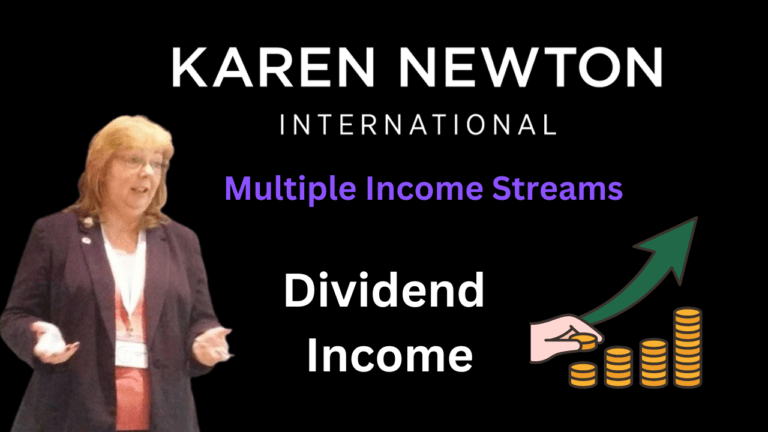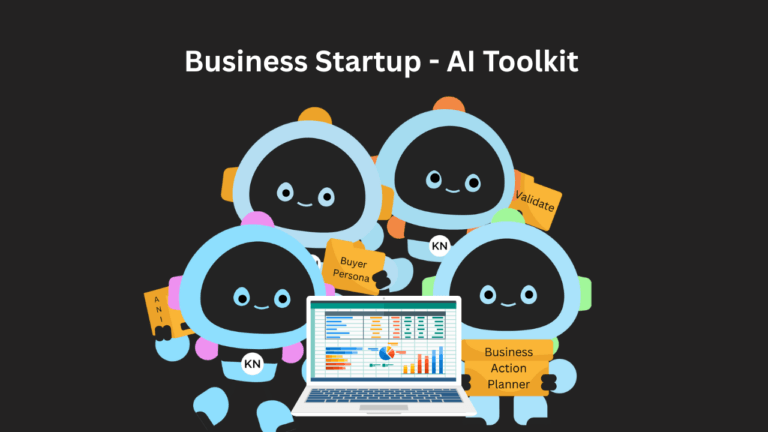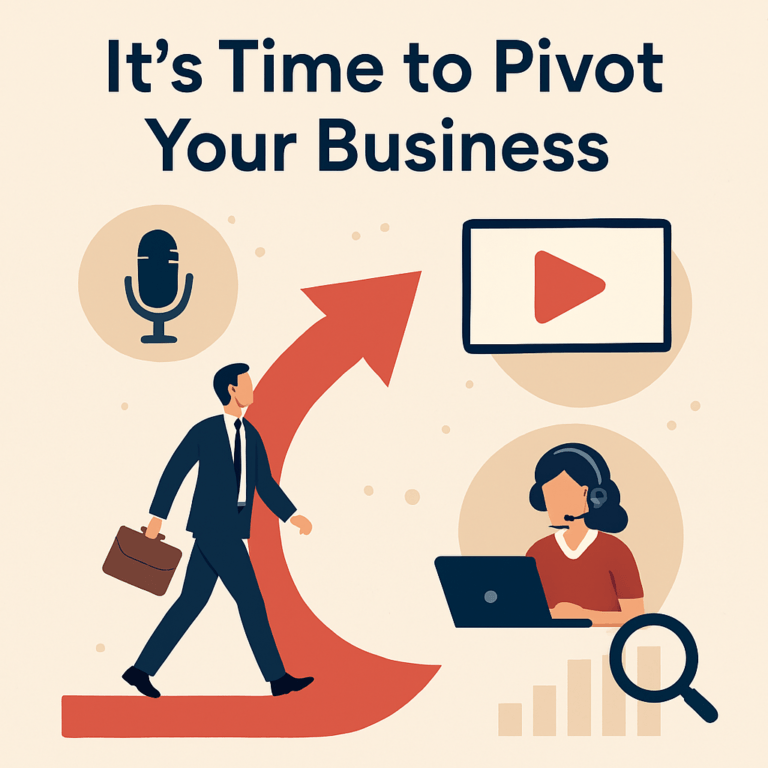Do You Use Enough Stories To Sell Your Product?
An age-old way of sharing information is through stories. We are often told of people sitting around campfires or even in homes around their winter fires, sharing stories from the past. Stories that have powerful messages.
They draw in the audience who lap up the atmosphere, the environment and the message. People remember how they felt when they heard the story.
So do you use stories enough to sell your products?
Table of Contents
Verbal Storytelling
As a speaker, depending on the length of the speech, a theme and message is built around several stories. With a keynote speech, around 40 minutes in length, I would tell 4 – 5 stories. Each part of the speech has something for the audience to learn and to enforce the learning there is a short story which hopefully they remember.
When I share with people why I became an investor, I tell the story of a car crash and learning to walk again. How the impact of the crash forced me to give up a job I really enjoyed as I could no longer cope with the stress of the job and the stress of learning to walk.
It is a powerful story which takes people on a rollercoaster ride emotionally. By reading the faces of the audience I can quickly tell if I have created the bond I want with them. A hardened audience get a longer more emotional version of the story, a more pliable audience gets the shorter emotional version. It’s all about creating the bond so I can sell my product from the stage.
When I talk about the power of compounding interest, I tell the story of The Fairy Godmother and The Magic Train. A classicfairy tale style story about putting aside $2.73 a day and watching it grow to become wealthy. Along the way there are other people who want to join the train but they haven’t started the journey soon enough and have to pay much more to join the journey.
The audience again resonates with the story even though it is a fictious story. Yes, it uses actual numbers based on 14% Return on Investment (ROI) but people remember the human side of the story rather than the actual numbers or the timeline. It also creates the fear of missing out.
People remember stories, they remember how you made them feel.
Written Stories
Fiction books are a series of short stories, called chapters, helping to tell the overall story, the book. There is something that happens in each chapter which moves the story from setting the scene at the start to the outcome, conclusion at the end.
Crafting each chapter requires the writer to create a scene, to reveal a little more of the character of the hero or heroine of the story and to emotionally engage the reader to want to continue turning the pages.
The book creates a connection between the reader and the story being told.
If, I asked you what your favourite book is and why you like it so much, is it because there is something in the story you resonated with?
Non-Fiction books are the same. While each chapter is a lesson if you share a personal story of what you learnt from the lesson or how you applied it in your life then the reader remembers the lesson.
Create a Connection
When I lived in New Zealand, many years ago, the most successful adverts on the television were ones that told stories.
I remember one about a family break up and the little girl going on visits to parents and grand-parents. Emotional stories. This advert was selling butter. It is one of the most successful ad campaigns of its time.
Another, ad was a series of farm adventures for the farm owner, his dog and the truck salesman who was the sidekick. Again, a very successful campaign for selling farm trucks.
Yet, it is quite surprising, that a recent poll in one of my Facebook Groups where I asked if people would use a fictious story in a non-fiction book to make a point or sell a book met with a resounding no.
Your Salescopy is a Story
Modern day movies use the Heroes Journey template to tell their stories. It is designed to connect with the audience, make the hero or heroine seem more realistic. They have issues to overcome, learn along the way and come back a changed person who has thrived in the face of adversity.
As someone who loves Science Fiction – Star Wars, Stargate and the Marvel Universe, it becomes easy to see that each of the stories is based on The Heroes Journey. Each has a message to share about overcoming adversity, hope and personal growth.
Successful Salecopy is more grounded in reality.
It still uses the similar concept of the Heroes Journey by showing the reader you understand their problems because you once had a similar problem. You instantly connect with your audience as you are sharing the same issues your prospective buyer has.
once had a similar problem. You instantly connect with your audience as you are sharing the same issues your prospective buyer has.
You tell them how you overcame the problems with your product and the impact it has had on your life.
You create a story that sells your product.
Stories Sell
At the start of this blog, I mentioned the story of The Fairy Godmother and The Magic Train, it is a story about compounding interest.
Can you imagine how people’s eyes would glaze over and their minds switch off if I said invest $1000 with 14% interest you make $140 by the end of the year. Reinvest it all the following year and add another $1000 at the end of the year you now have $300 interest and a balance of $2440.
Instead, I tell the story of a new mum, visited by a fairy godmother who tells her to invest $2.73 a day ($1000 a year) in a magic train, revealed at the end as being called Compound Interest and people engage with the story.
A fictious story based around fact. In fact, the best story tellers incorporate fiction and fact in creating the story. Why, because they know the power of stories.
So next time, you are thinking about how do you sell your product think about a story.
Can you create a story around your product which engages as many sense as possible, tugs at the emotions, takes the reader on a journey and creates a connection with your audience?

Karen Newton is a Business and Wealth Strategist, 3x International Bestselling Author, and founder of Karen Newton International. She combines practical experience with AI-Powered Entrepreneurship to help smart entrepreneurs build online income, invest strategically, and create long-term wealth through business growth, investments and joint ventures.







